Our sitter is James Monypenny, the son of Arthur Monypenny. He married Mary Gybbon (1685–1756), daughter of John Gybbon, on 31 May 1714. James Moneypenny was the nineteenth generation of that family. In 1697 he was Lieutenant in the Royal Navy, and in 1704 he was a Captain at the Capture of Gibraltar, Battle of Malaga, and Battle of Marbella. He was also Captain of the ship Superb from 1710 to 1714 and Captain of the ship The Royal Oak in 1715. He purchased the ancient Maytham Estate (the estate dates from Saxon times and at least four Norman lords had manors there) and commenced the building of Maytham Hall in 1714.
James and his wife Mary had five children:
James Monypenny who died young and was buried in St. Ann's Church, Soho
Elizabeth Monypenny (c.1717-1760)
Robert Monypenny (c.1719-1772)
Phillips Monypenny who died young was buried in the North Chancel of Rolvenden Church
James Monypenny (1721-1800)
Captain James Moneypenny while in command of HMS Superb in the western Mediterranean during the War of Spanish Succession between September and November 1711 captured four French ships engaged in the Levant trade. The resulting prize money formed the foundation of his fortune and enabled him to buy the Maytham estate in Kent and build Maytham Hall in 1721, now known as Great Maytham.
Our portrait, painted c.1710, is one of Gibson’s most striking works and a magnificent study of the type of portrait commissioned to celebrate an individual’s success and emphasise their importance. Standing on a rocky outcrop the sitter wears a sumptuous blue velvet court, closed by three expensive jewelled clasps, and a very expensive full bottomed wig with pleat, a galleon with a plume of smoke is in the distance. Grandeur and importance are clearly evident.
The origins of the family name by legend are that Malcolm III Cænnmor, King of Scotland, being obliged to flee after his father Duncan the Gracious was killed by Macbeth in 1040, found refuge with a wealthy French merchant named James Dauphin. When the King sought to recover his Kingdom, he asked his friend for a few pennies, whereupon James Dauphin replied, "Not a few pennies but many pennies", and his two sons fought at the side of the King. When the Kingdom was recovered, the King gifted to the eldest son James, the lands of Pitmilly, Fife; and married him to a lady related to Macduff, Thane of Fife.
The painting is inscribed on the canvas bottom right “? ? Penny” and there are two old handwritten labels on the reverse stating “? Moneypenny Painted in the year 1715 by Thos. Gibson of Covent Garden August 1803 J.M.” and “C J Moneypenny Capt of Pitmilly Fife N.B.”.
The artist Thomas Gibson (1680-1751) was a successful portrait painter who worked in London. He attracted prestigious patrons included John, 1st Earl Poulett, and Augusta, Princess of Wales. From 1711 he was a founding director of Godfrey Kneller’s Academy of Painting, the forerunner of the Royal Academy schools. Engraver and antiquary George Vertue (1683-1756), who was Gibson’s pupil, stated that Gibson was ‘universally belovd for his affability & good nature’ and praises him for his ‘correct & firm manner of drawing’.
Contained in a fine carved and gilded period frame.
Provenance: From the sitter at Maytham Hall and Pitmilly House, and by descent through the family until recent
Measurements: Height 141cm, Width 118cm framed (Height 55.5”, Width 46.5” framed)




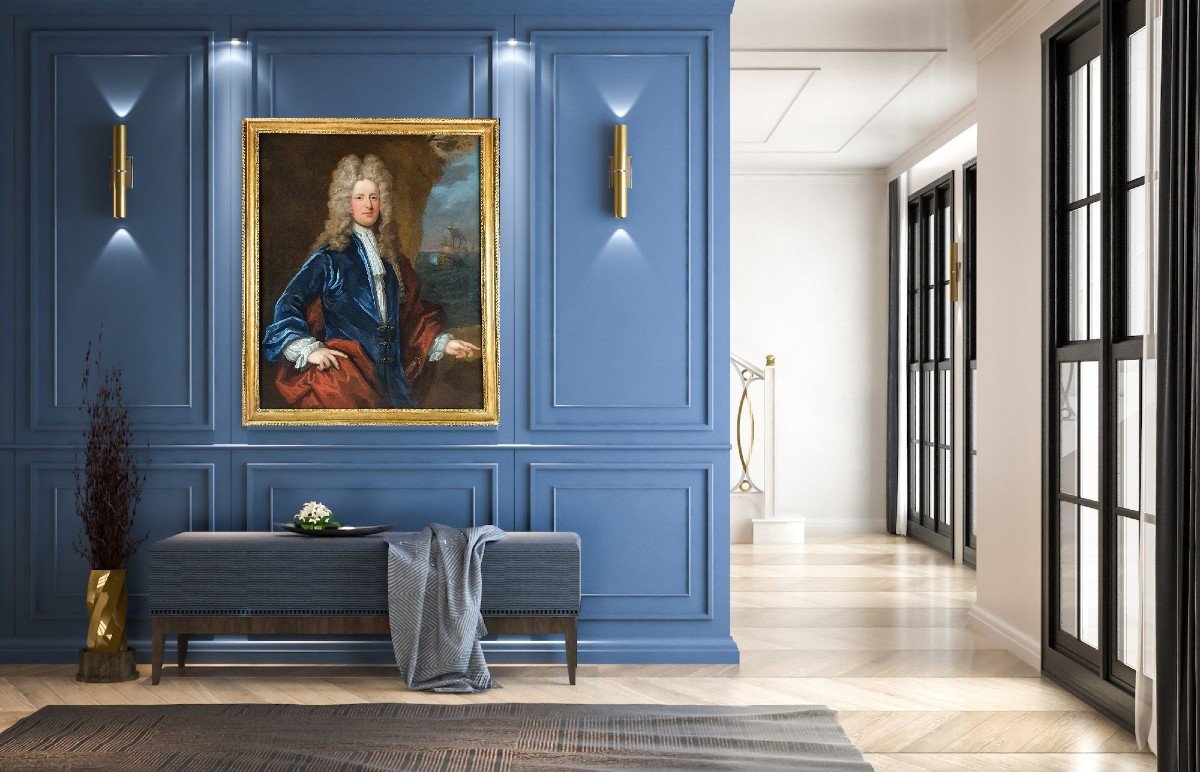
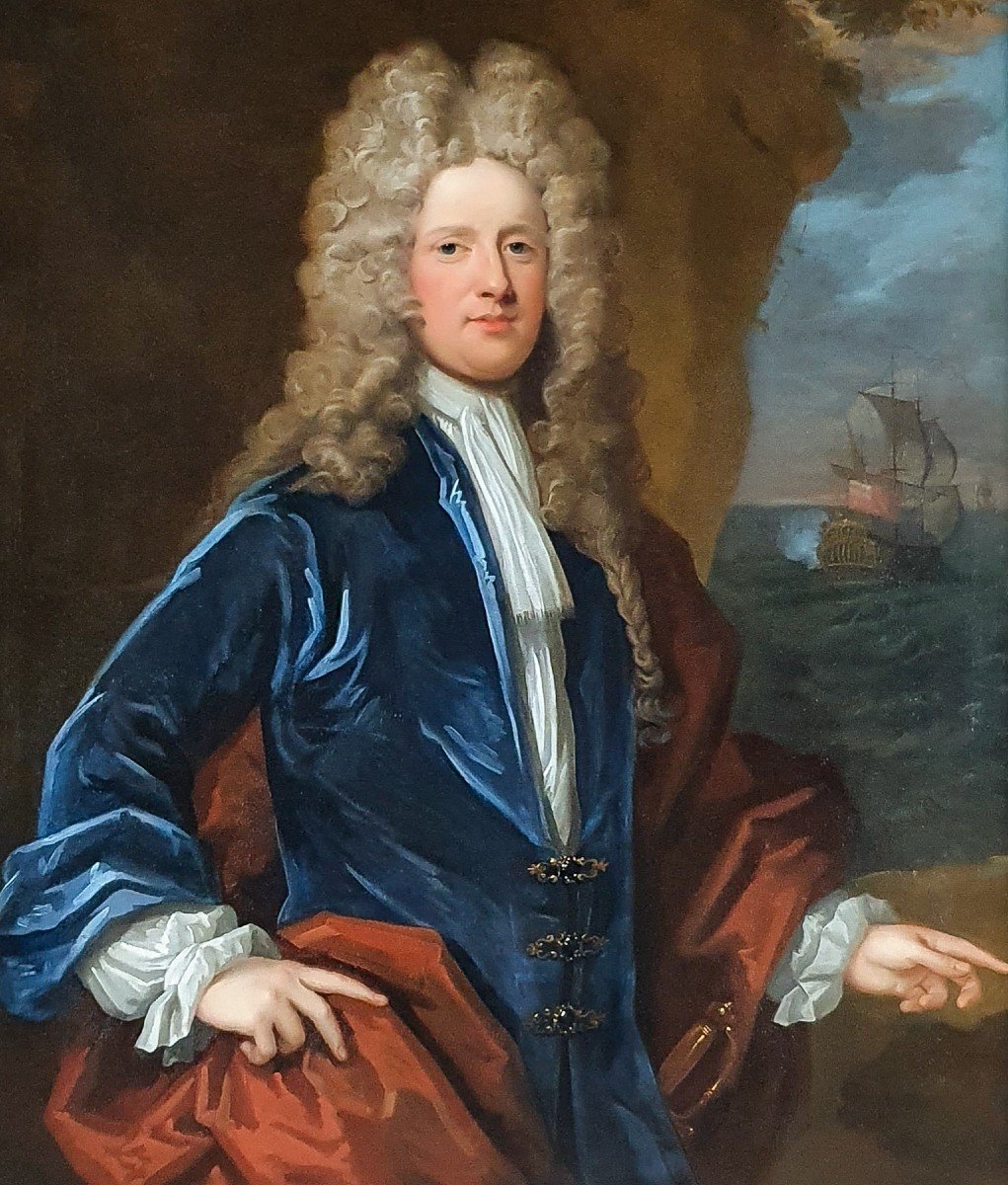
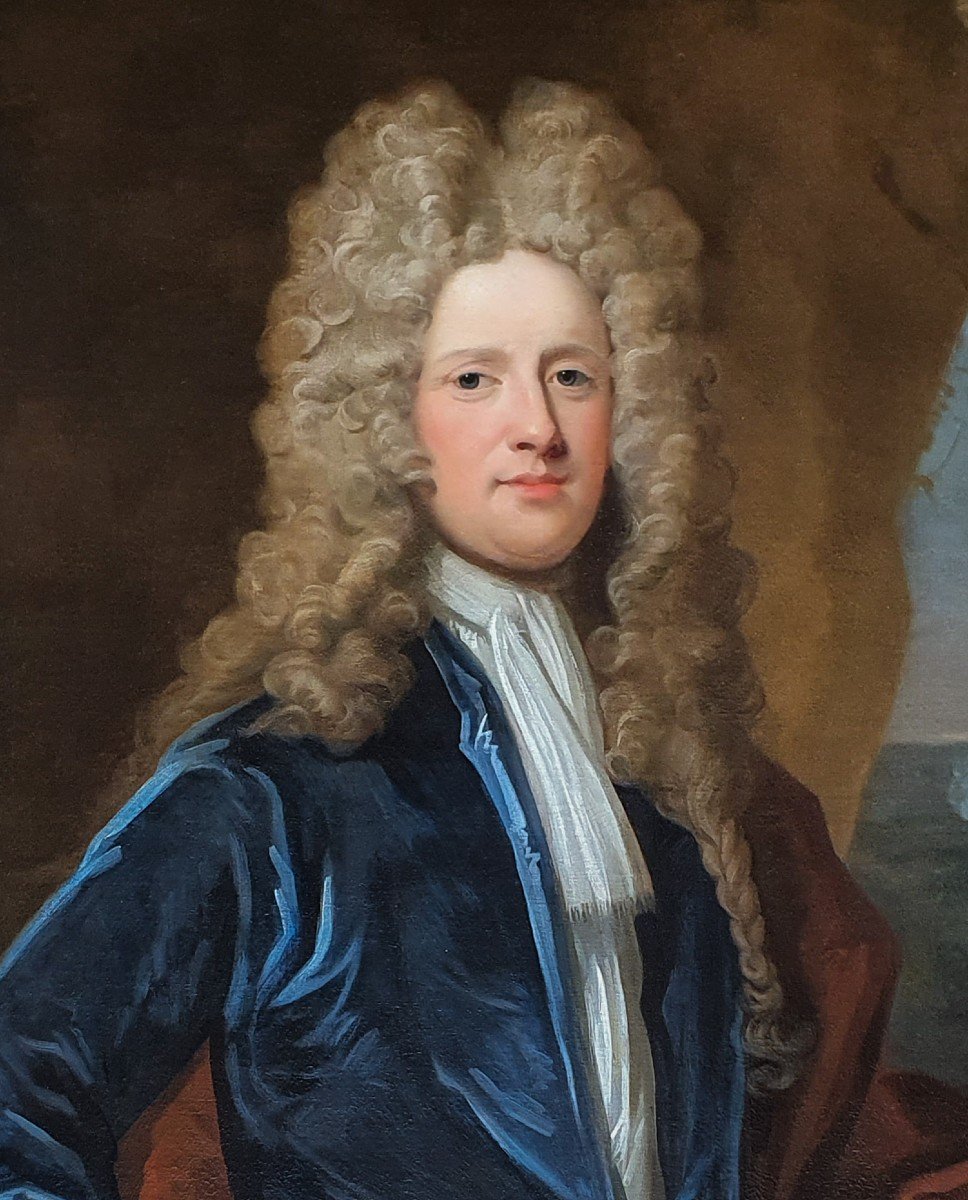
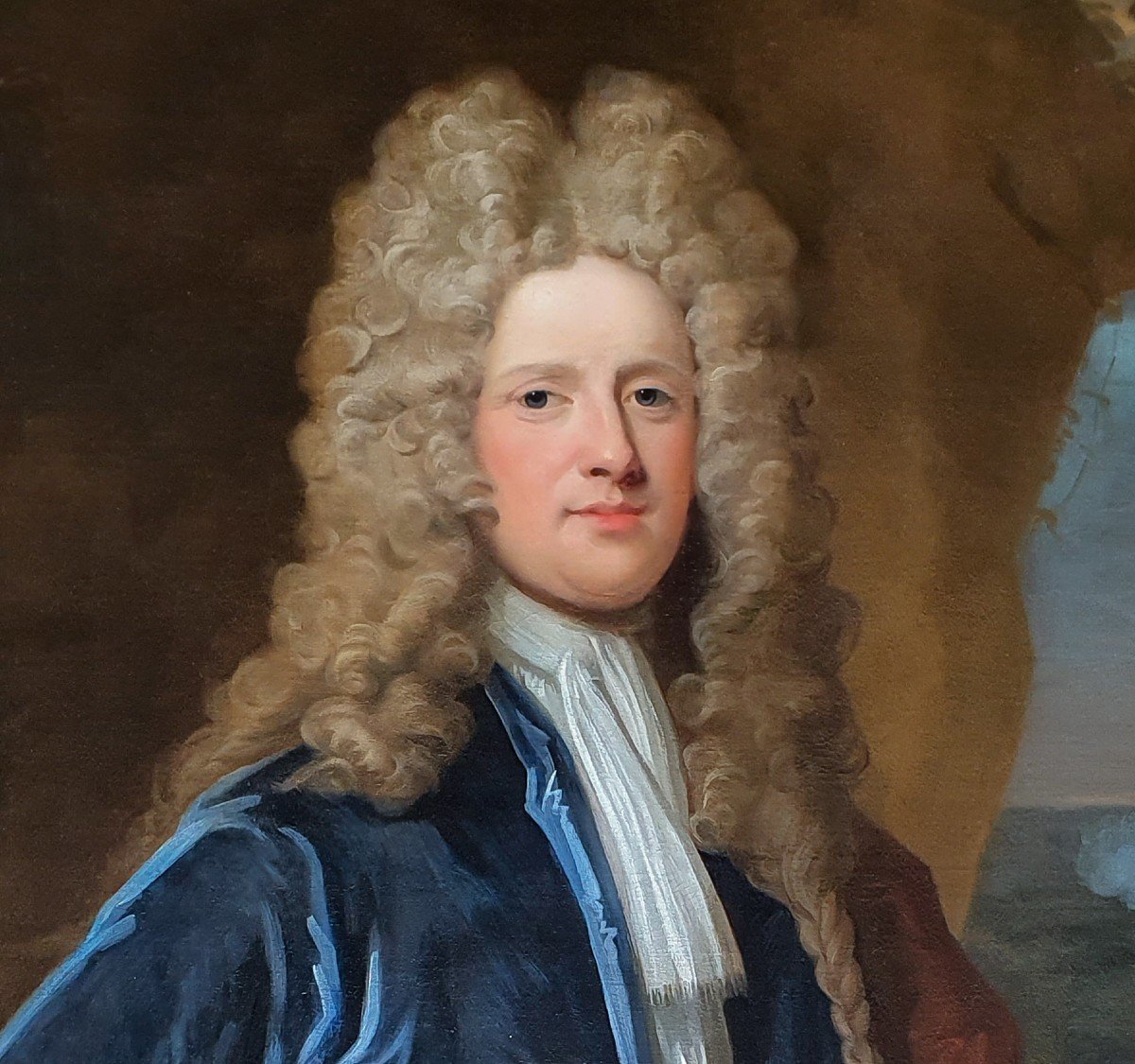
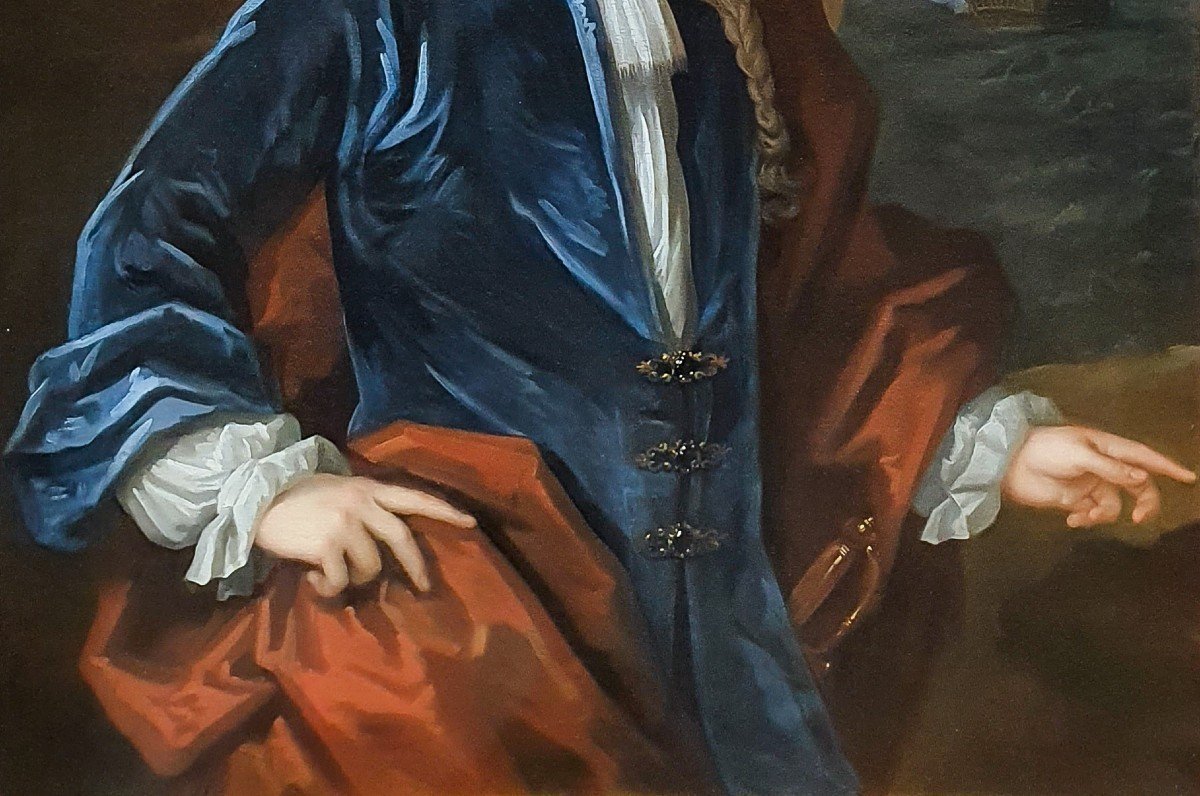


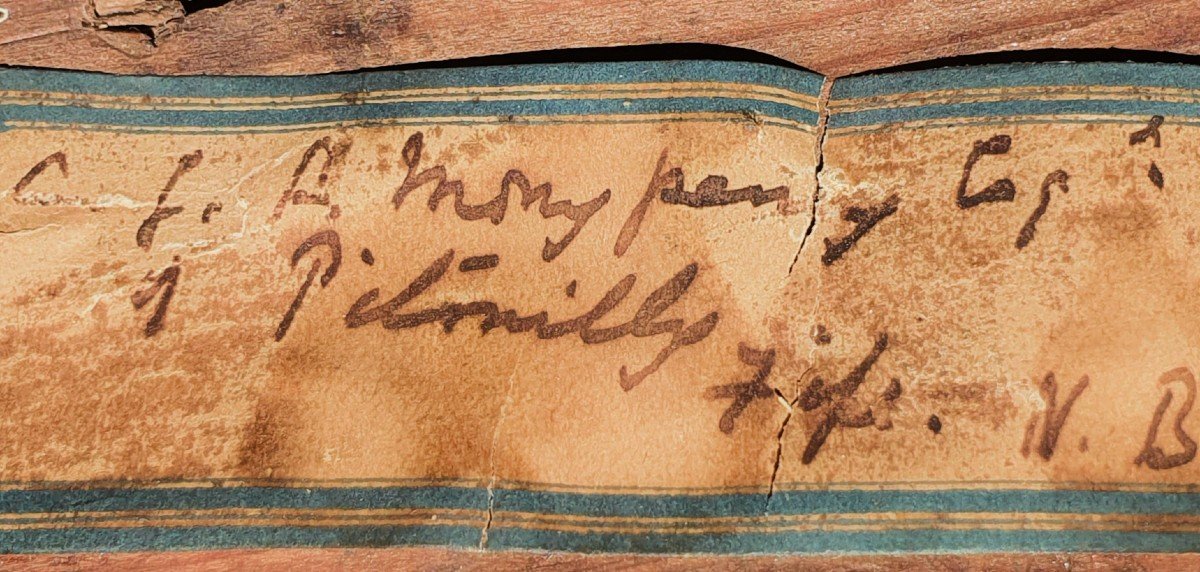
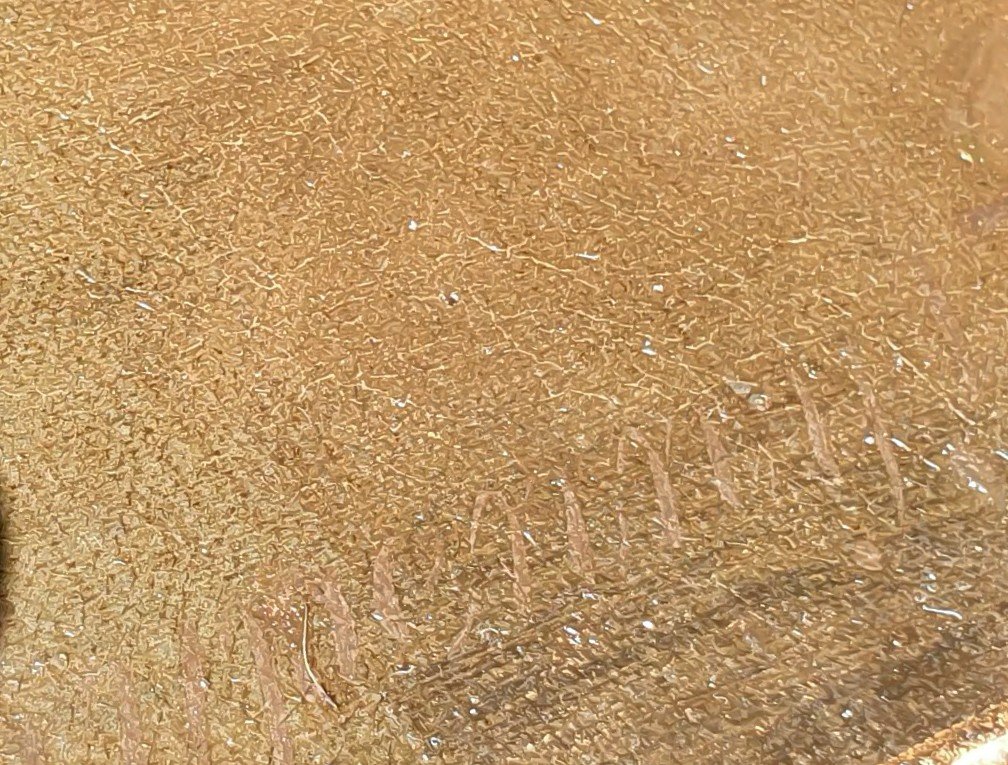
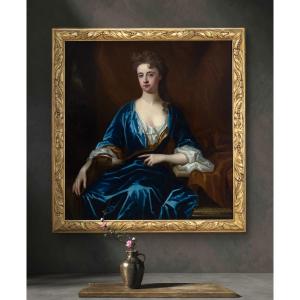
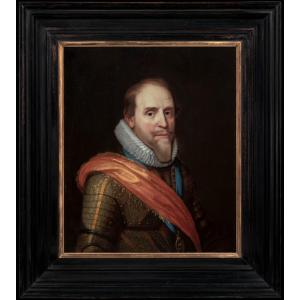

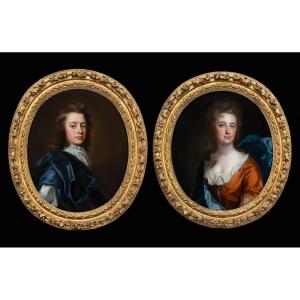




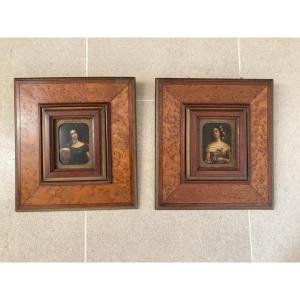

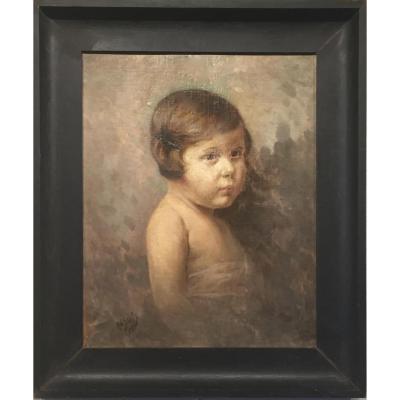




 Le Magazine de PROANTIC
Le Magazine de PROANTIC TRÉSORS Magazine
TRÉSORS Magazine Rivista Artiquariato
Rivista Artiquariato
